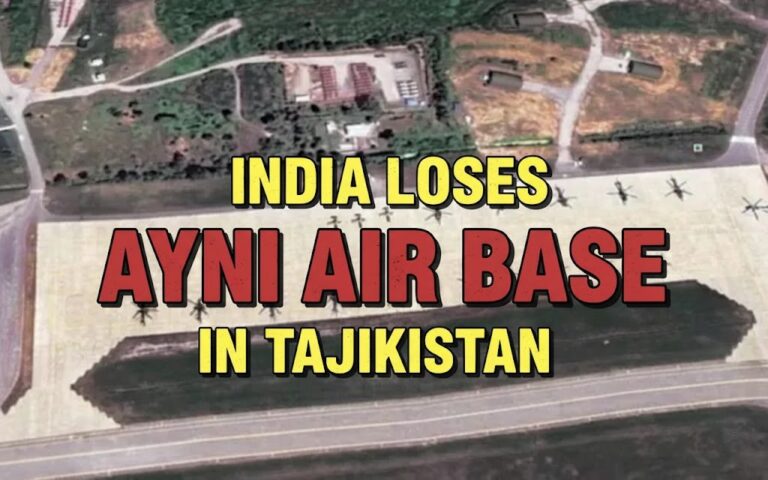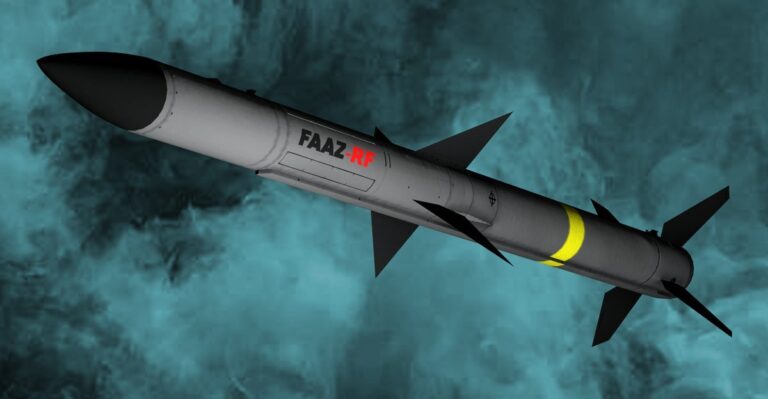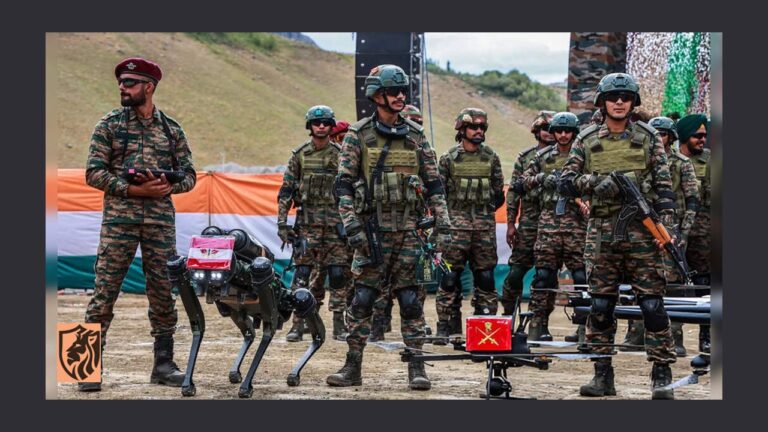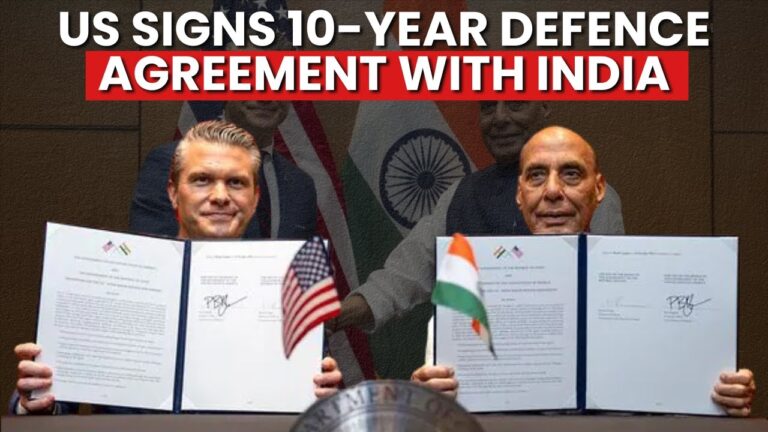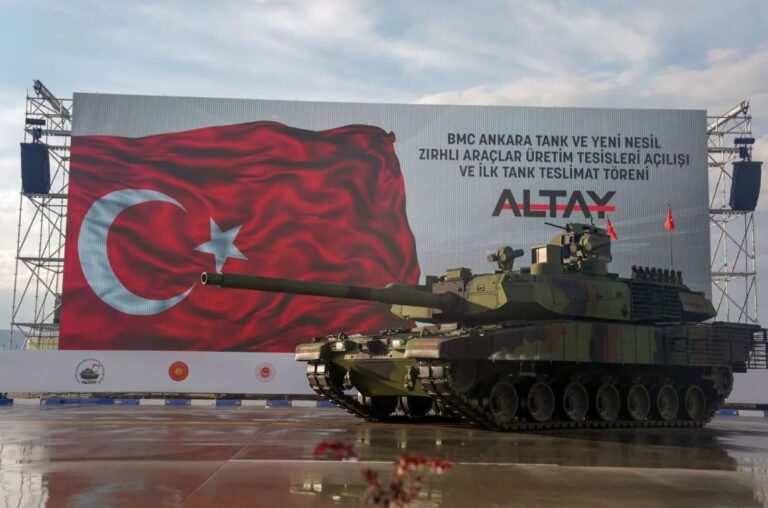
India–US Ten-Year Defence Pact — Indo-Pacific Gains
Why this pact matters now
India and the United States have signed a 10-year defence framework to guide cooperation, industrial relations, and technology sharing. The deal was concluded on the sidelines of ADMM-Plus in Kuala Lumpur, where Defence Minister Rajnath Singh met US Defence Secretary Pete Hegseth. The pact signals long-term intent, not a one-news-cycle handshake.
Strategic context
The India–US ten-year defence pact lands amid shifting balances in the Indo-Pacific. Both capitals want resilient supply chains, credible deterrence, and interoperable forces that can scale under pressure. The signatories framed the deal as a “new chapter” and a practical roadmap, not a slogan.
What’s inside the framework
Although full annexes are not public, officials flagged three pillars:
- Industrial co-development and co-production: Expect joint lines, faster licensing, and deeper Tier-2/3 integration across air, maritime, and land systems.
- Emerging tech and testing: Focus areas include propulsion, sensors, secure comms, and AI-enabled C2, with more realistic trials and data sharing.
- Operational coordination: More complex exercises, domain awareness, and logistics access to improve speed and sustainment during crises.
Together, these provisions provide the India–US ten-year defence pact with an implementation spine instead of wish lists. That is where many frameworks fail; this one attempts to hard-wire delivery.
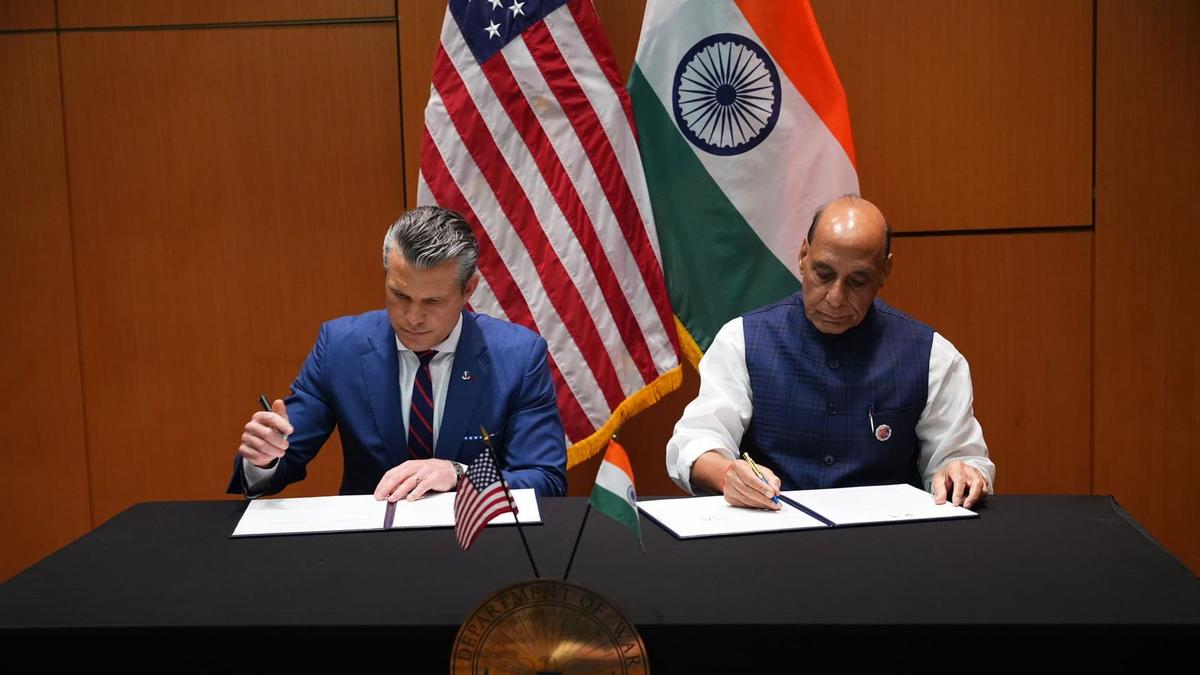
Politics vs policy: keeping tracks separate
Trade spats and tariff noise have tested the relationship before. However, both sides have kept security policy on its track, which this framework reinforces. In short, economics may quarrel; deterrence cannot. Reuters and India’s official readout both stress the long-horizon security commitment despite other disputes.
Capabilities you can actually feel
If the framework holds, you should see practical effects within two to three years:
- Shorter timelines from design to fielding for co-developed systems.
- More ambitious exercises with realistic sustainment and joint targeting problems.
- Better maritime domain awareness and logistics reach across the Indian Ocean.
And yes, more acronyms—because nothing says progress like an alphabet soup. Minor humour aside, the driver is a deterrent that shows up on a map and a timeline, not just in communiqués.
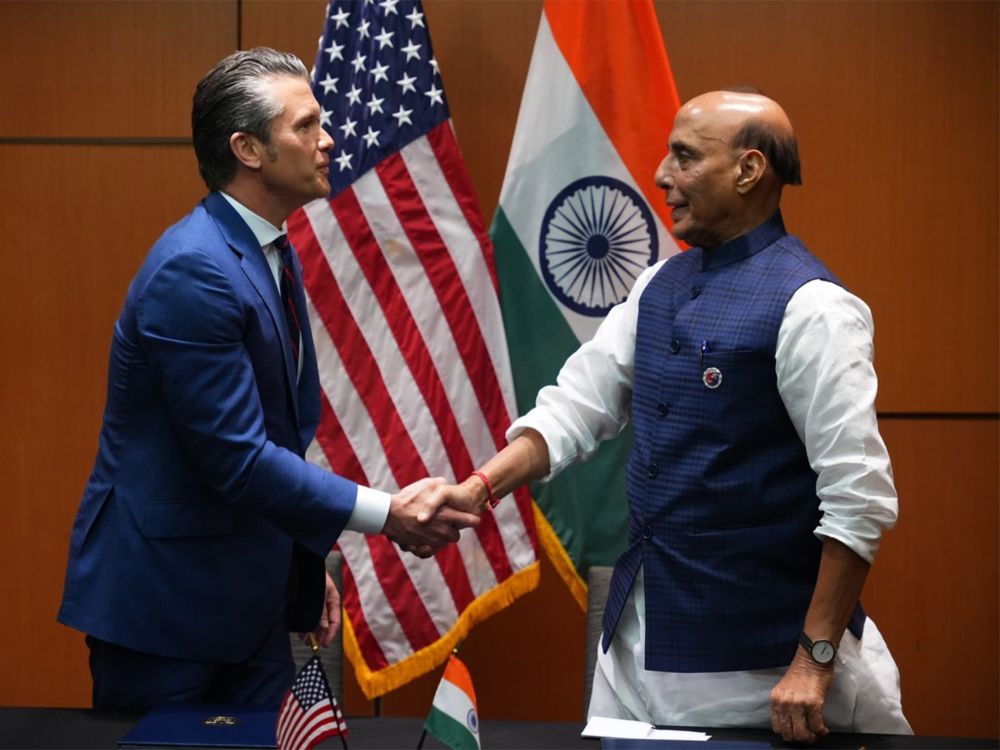
What It Means for China and Pakistan
For China, the pact hardens the Indo-Pacific chessboard. It signals tighter U.S.–India logistics, faster co-production, and better maritime eyes in the Indian Ocean. Beijing won’t panic, but it will price in more friction around chokepoints and surveillance of PLAN patrols.
For Pakistan, the focus shifts towards deterrence by the depth of Indian waters. New Delhi’s access to sensors, engines, and joint testing could compress timelines for upgrades that touch the western front. Islamabad will lean harder on China for capacity while doubling down on asymmetric counters—EW, drones, and long-range fires. Dialogue stays vital because escalation ladders get shorter for all sides.
Leadership and continuity
With Pete Hegseth as US defense secretary through 2025, Washington’s message has been “deterrence first”, while New Delhi is pursuing scale and self-reliance. The framework aligns these objectives without compelling either side to engage in treaty-based alliances.
References
- Reuters: The US signs a 10-year defence pact with India. Reuters
- PIB (India MoD): ADMM-Plus meeting and 10-year framework note. Press Information Bureau
- The Times of India: Singh–Hegseth meeting and “new chapter” comment. The Times of India
- ThePrint: Joint production, emerging tech pillars of the pact. ThePrint



